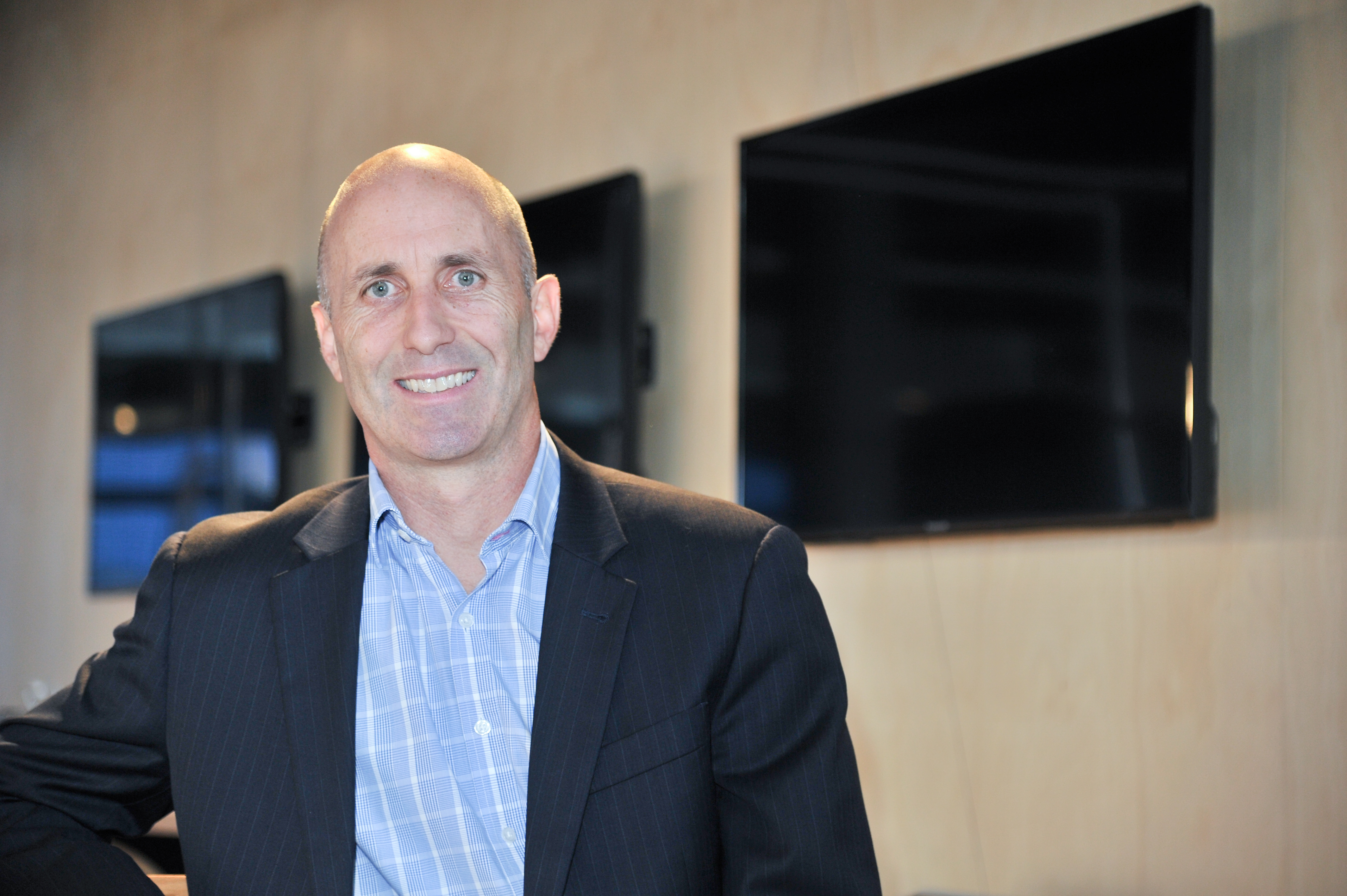Source: MakeLemonade.nz

Auckland – Auckland’s water shortage has been exacerbated by a lack of investment in technology, NZTech chief executive Graeme Muller says.
Auckland’s drought and subsequent water restrictions is the most severe the country has seen in nearly 30 years. Water sustainability is top of mind for much of New Zealand, Muller says.
“Without doubt, there are environmental factors at play but factors contributing to water sustainability also extend to the infrastructure including better use of technology.
“Many areas are still relying on manual and infrequent meter read processes and it leads to understandable difficulties in determining where, and how much water leakage is occurring within the water networks.
“Technologies such as the Internet of Things, or IOT, can enable much more accurate measurement using smart meters that constantly measure and report water usage.
“The data from smart meters informs customers so they can better manage their water usage and helps water companies identifying issues such as leaks in the system.
“IoT technologies combined with artificial intelligence can also be used to monitor for potential issues and trouble shoot problems before they arise by guiding maintenance to the areas most needed.
“New Zealand is not alone in experiencing these issues however, and we’re starting to see examples from abroad and across the Tasman that are using IoT to innovate and improve water sustainability.
“Councils and government bodies across Aotearoa are looking for solutions that include end-to-end monitoring across usage, leakage, pressure, flow, level-sense, and quality of water.
“With adoption stages here varying from initial proof of concepts to full requests for proposals, there is still plenty of room for innovation and IoT deployment to help create a more sustainable New Zealand.
“Some good examples of companies providing sensors for helping manage water and water quality include Riverwatch Water Tester in the Wairarapa, Waterforce in Canterbury and IoT Ventures in Auckland.
“The issue is not whether this technology works or whether it should be used, but why isn’t it being deployed faster? Muller says.
Auckland rainfall has been below average since a dry 2019 and worsened with January to May being the driest on record.
Auckland won’t run out of water because a pipeline running from the Waikato River, can supply around a third of the city’s needs, but restrictions will tighten if the supply dwindles much further.
For further information contact NZTech’s media specialist, Make Lemonade editor-in-chief Kip Brook on 0275 030188.
Photo: NZTech chief executive Graeme Muller



